


Sign-up for {N}power to get exclusive discounts, newsletters, members-only features, and more!
Here are some of our favorite recipes and reasons why we think supporting organic is better for your health, the environment, & the economy.
Click to jump down to the following sections:
Hold onto your recipe books, folks, because we’re about to uncover the shocking truth about the Environmental Working Group’s Dirty Dozen™! Picture this: a whopping 75% of non-organic fresh produce in the U.S. is loaded with potentially harmful pesticides. And here’s the kicker - it’s particularly troublesome for children, who are extra sensitive to the harmful effects of pesticides.
The Dirty Dozen is the result of EWG’s thorough analysis of the USDA’s fruit and vegetable testing data, with over 53,000 samples tested. And guess what? Even after peeling, scrubbing, washing, and all that jazz, traces of a whopping 256 different pesticides were found. Yikes! What’s even more alarming is that some of these pesticides have long been banned.
Now don’t despair, because there’s a silver lining—when you buy organic you can still eat every fruit and veggie on the Dirty Dozen list without worry. Natural Grocers’ high produce standards and 100% organic only selection ensures that you won’t find these dirty little secrets on any produce you buy in our stores. We’ve curated this month’s recipe collection around the clean, organic versions of the Dirty Dozen so that you can reclaim your plates and savor the goodness of nature, the way it was meant to be enjoyed!
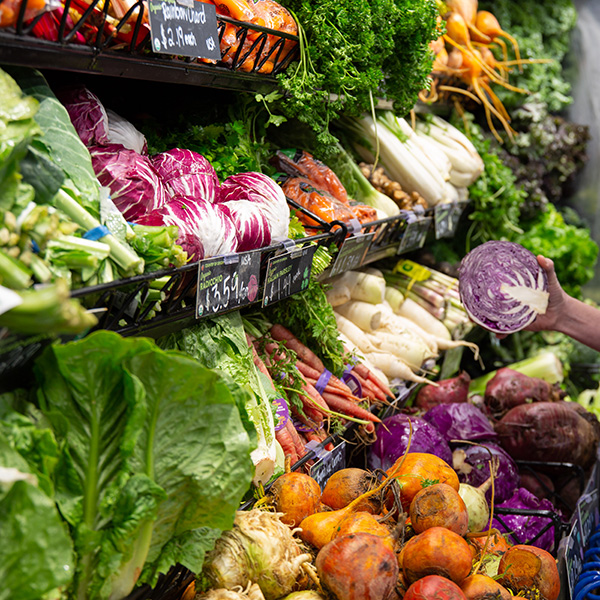
Every basket of strawberries, every bushel of apples, and every beet bunch in our produce department is 100% organic.
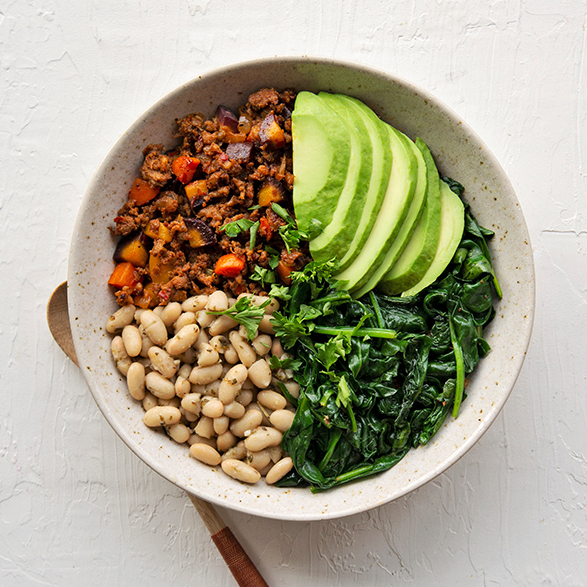
Spinach leaves are nature’s solar panels! Their deep green color comes from chlorophyll, which captures sunlight so efficiently that spinach can photosynthesize even in lowlight conditions, where other leafy greens might struggle.
Get the Recipe: Chorizo, White Bean and Spinach Bowl
Here’s a berry surprising secret: Strawberries aren’t technically berries at all!
Botanically speaking, they’re considered ‘aggregate accessory fruits’ because their seeds are on the outside. Meanwhile, bananas, grapes, and even eggplants are technically true berries.
Get the Recipe: Strawberry Avocado Salsa
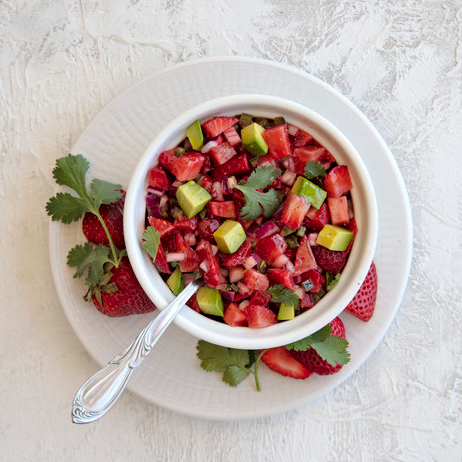
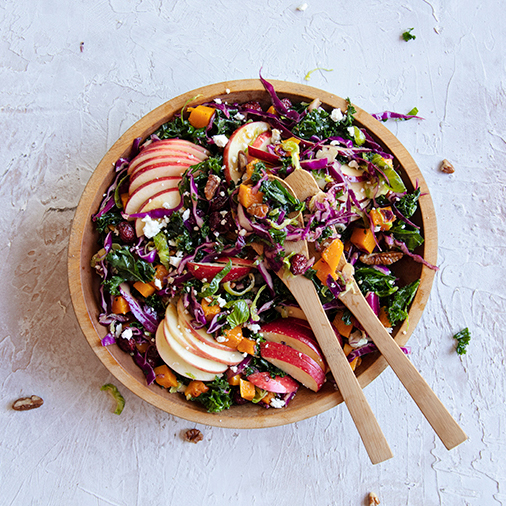
Kale is basically a superhero disguised as a leafy green! Just one cup of raw kale contains more vitamin C than an orange, more calcium than a glass of milk, and more iron than a serving of beef.
Get the Recipe: Celebratory Salad
Grapes have their own built-in sunscreen! The waxy, powdery coating on grape skins—called ‘bloom’—acts as natural protection against UV rays and helps prevent moisture loss. So don’t wash it off until you’re ready to eat them.
Get the Recipe: California Cobb Salad with Grapes
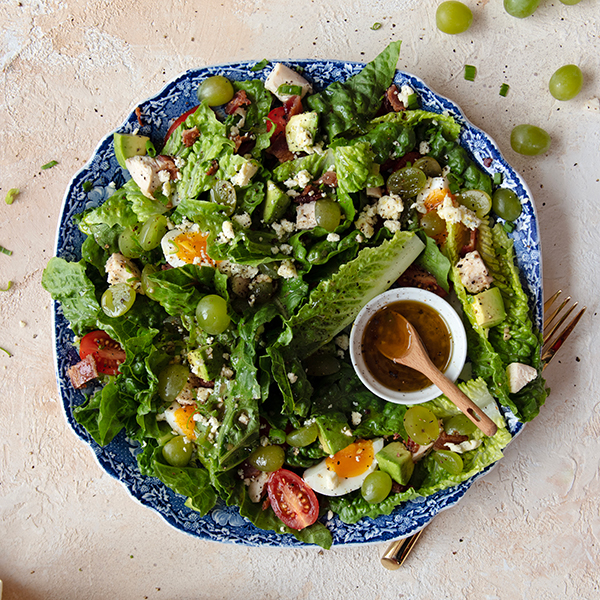
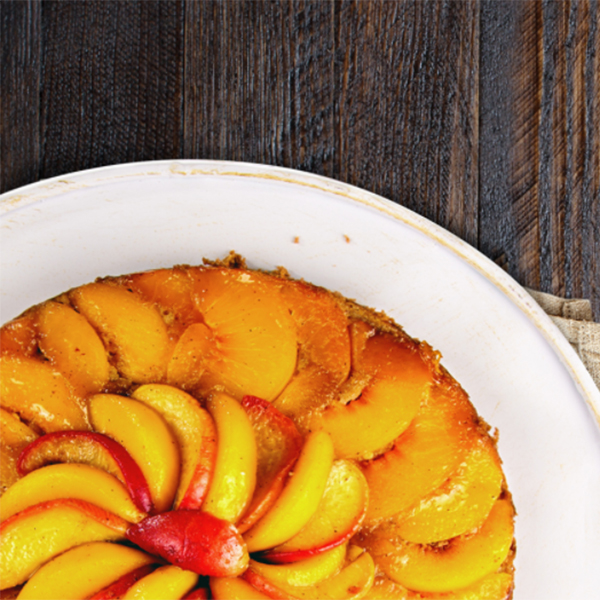
Peaches are fuzzy for a fantastic reason! That soft, velvety fuzz isn’t just adorable—it’s also the peach’s defense system, helping protect the fruit from insects and reducing water loss.
Get the Recipe: Peach Upside-Down Cake
Cherries are nature’s little pH indicators! Sweet cherries prefer alkaline soil, while sour cherries thrive in acidic conditions— so you might be able to tell something about the soil just by tasting the fruit.
Get the Recipe: Chicken and Cherry Salad with Horseradish Dressing
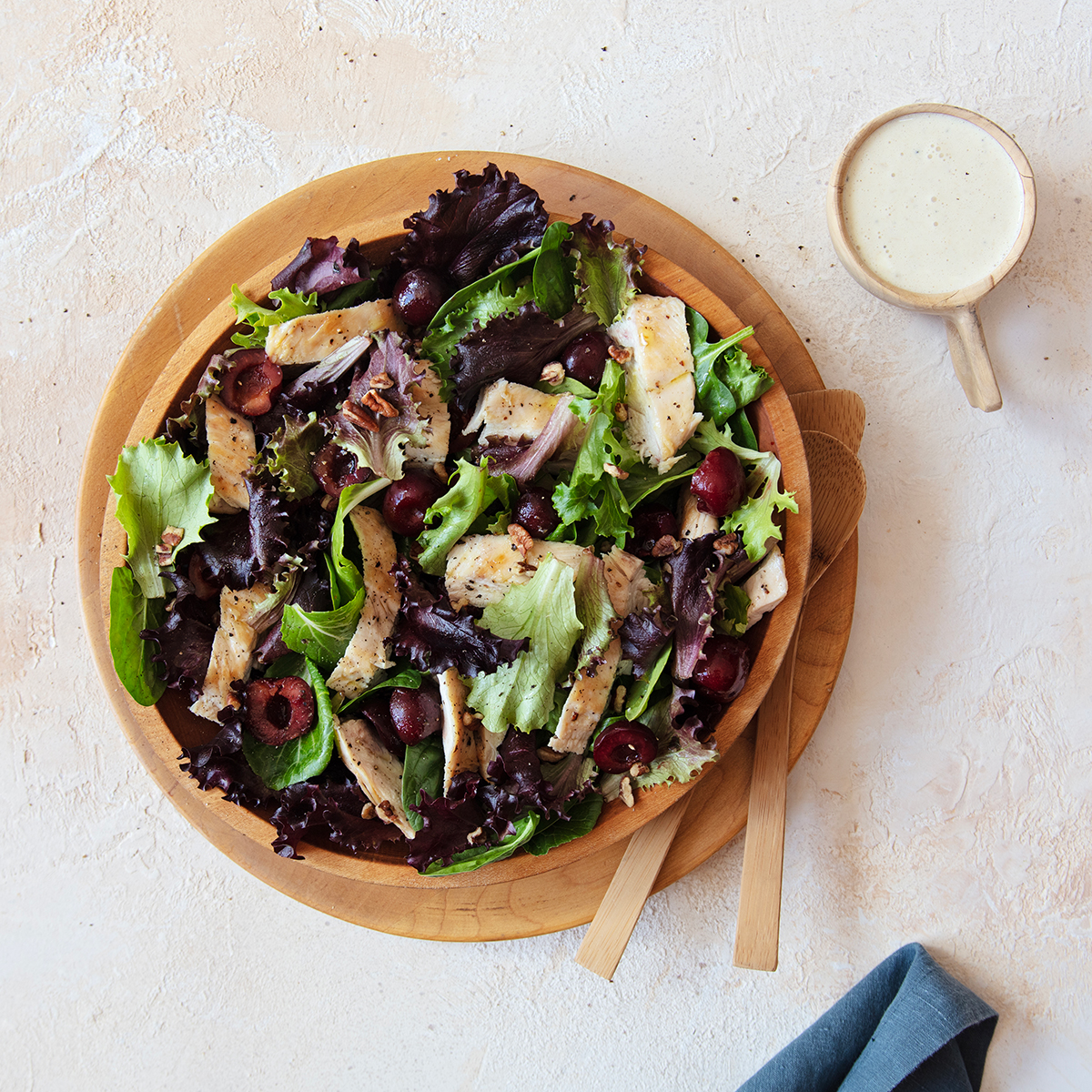
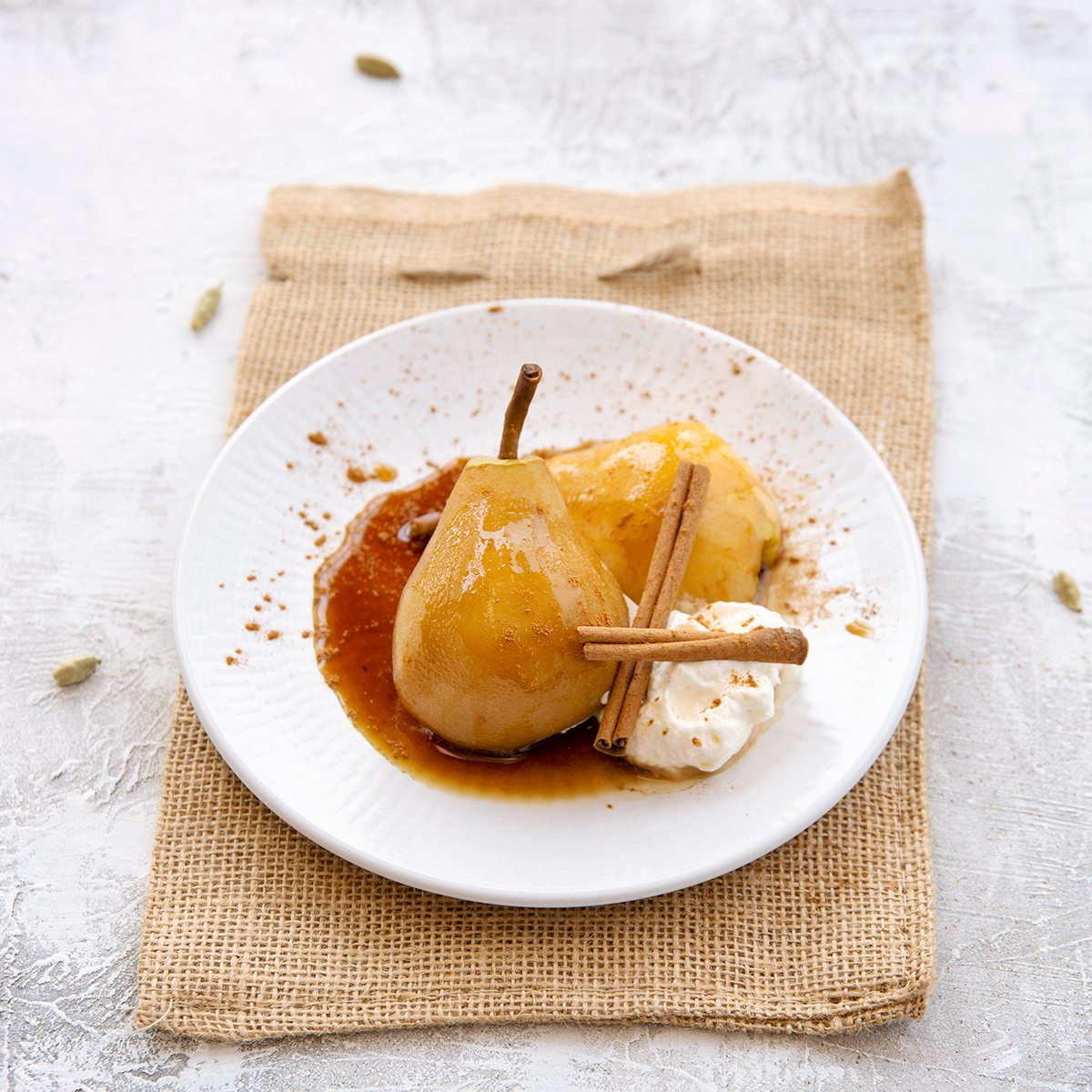
Pears are the ultimate multitaskers of the fruit world! They’re one of the few fruits that taste better cooked, becoming sweeter and more aromatic as heat breaks down their cell walls and releases natural sugars.
Get the Recipe: Chai Spice Poached Pears with Cinnamon Whipped Cream
They say an apple a day keeps the doctor away! These remarkable fruits are packed with essential nutrients, including dietary fiber, vitamin C, and antioxidants. Snacking on apples not only satisfies your taste buds but also supports overall health and well-being.
Get the Recipe: Iron Skillet Apple Crisp
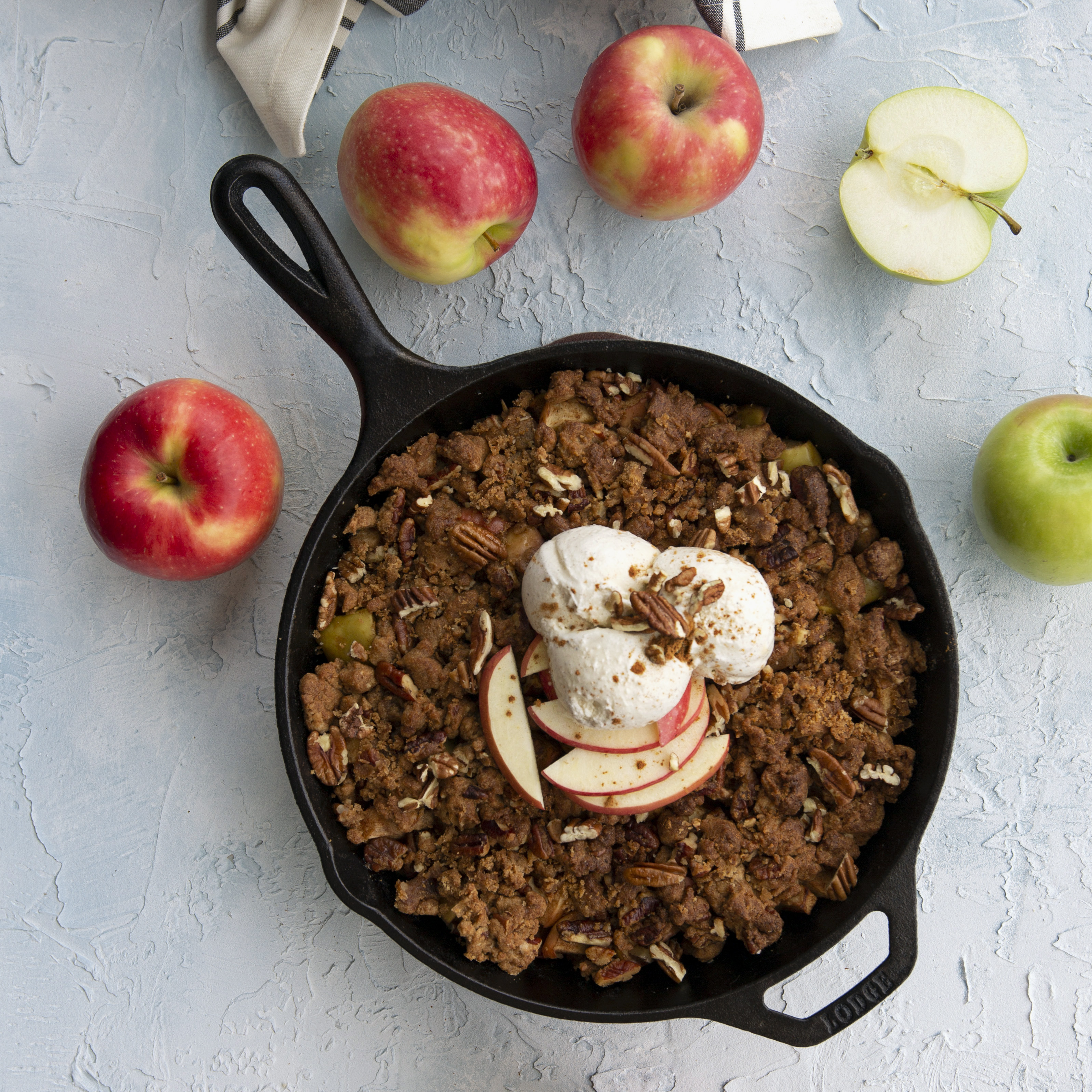
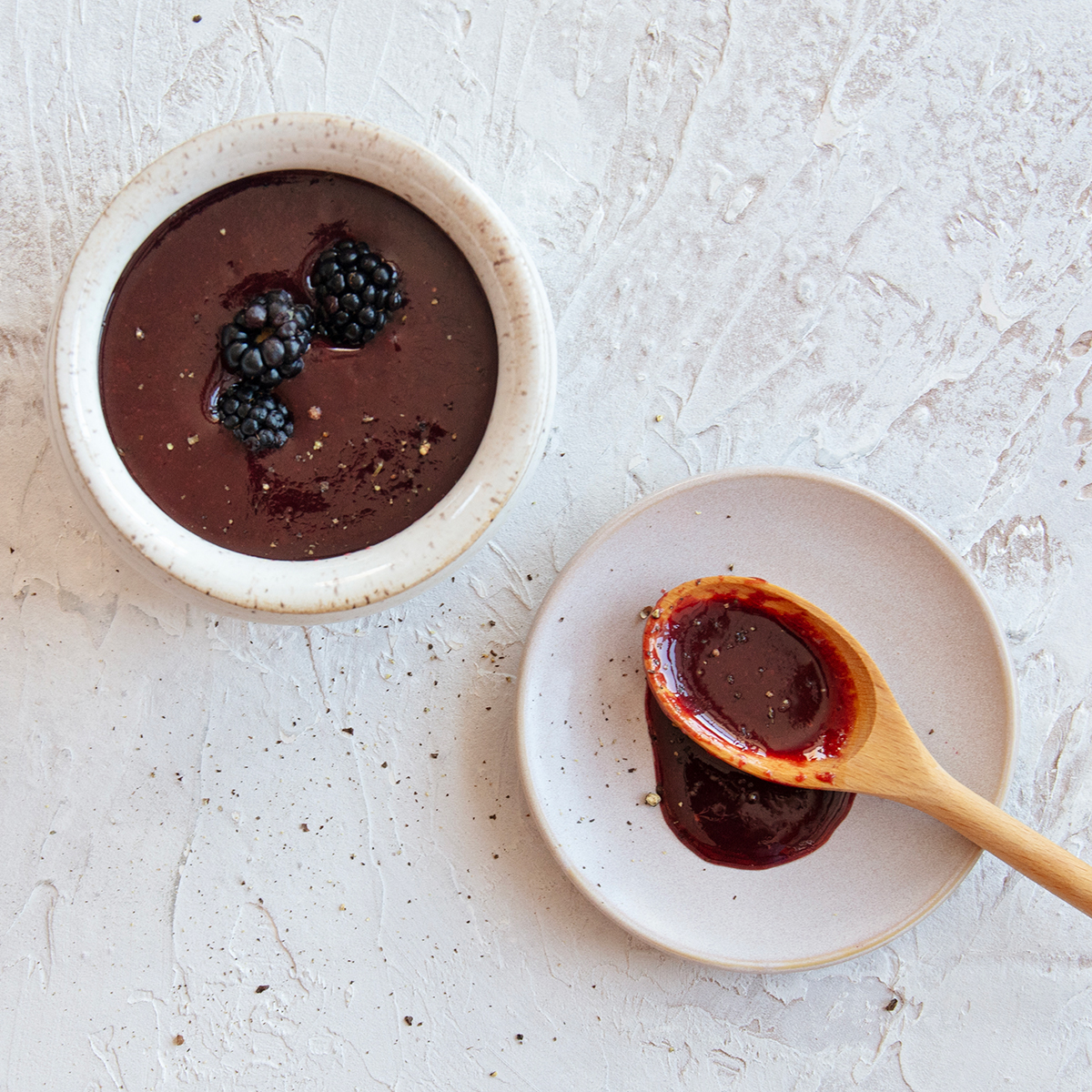
Blackberries are nature’s little treasure chests hiding a delicious secret! Each ‘blackberry’ is actually a cluster of tiny individual fruits called drupelets, with each one containing its own seed—so when you eat a single blackberry, you’re really enjoying dozens of mini-fruits bundled together.
Get the Recipe: Blackberry Balsamic Dressing
Blueberries are ancient superfruit survivors! These little blue powerhouses have been growing wild in North America for over 13,000 years, making them one of the continent’s oldest native fruits.
Get the Recipe: Blueberry Baked Oatmeal
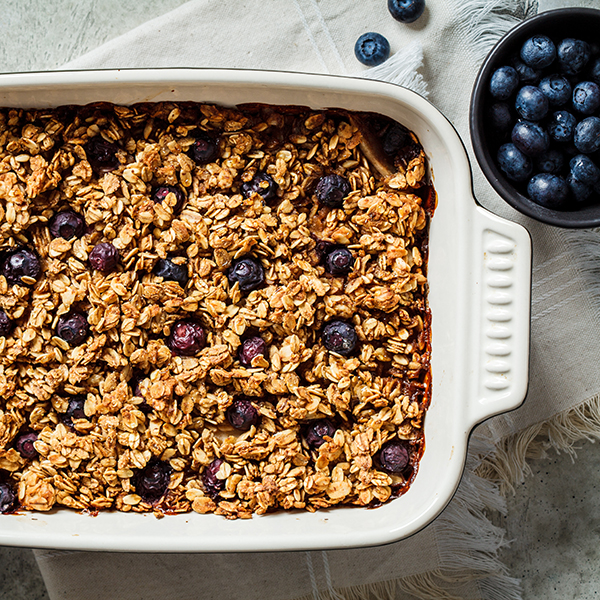
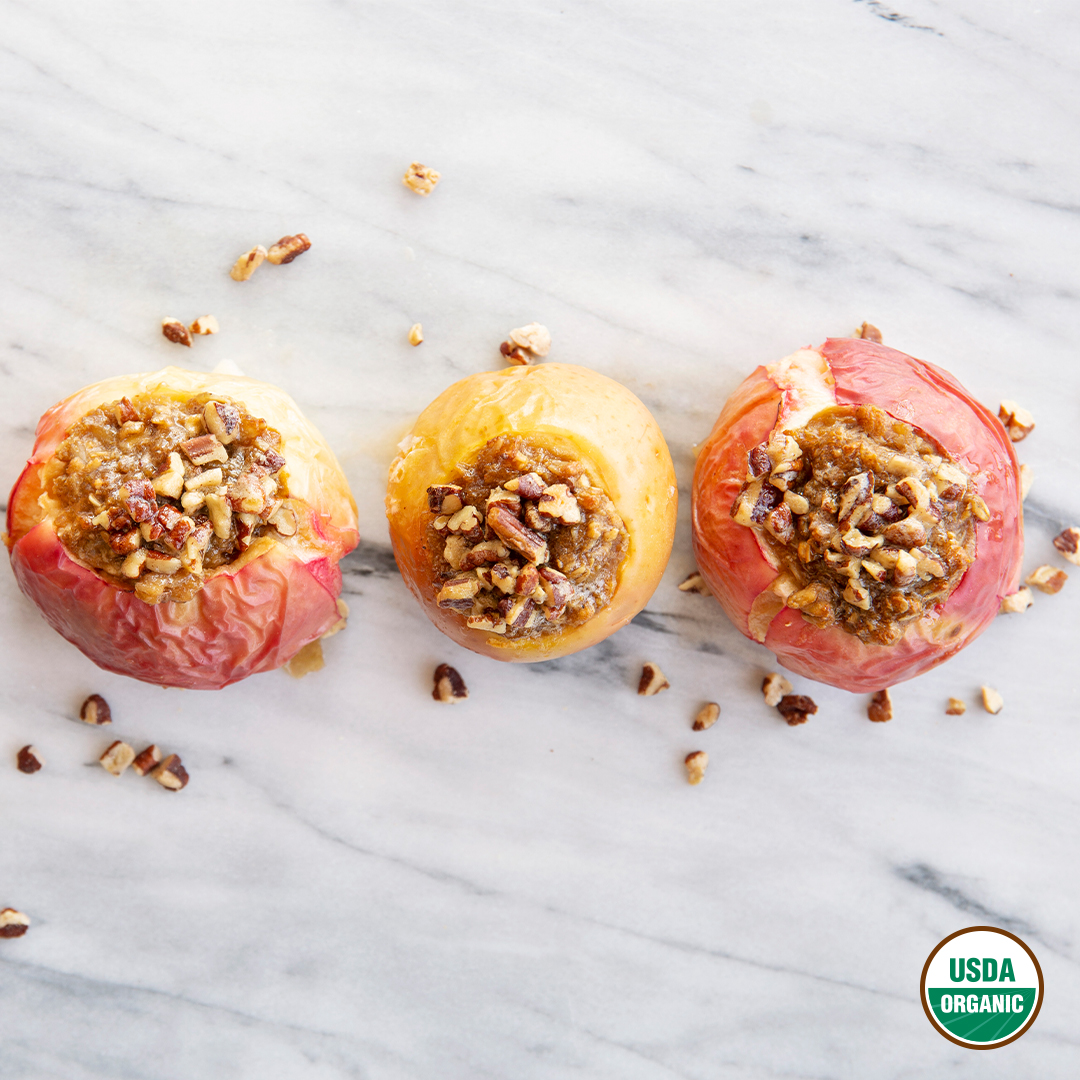
Apple trees are the ultimate commitment! Most apple varieties can’t pollinate themselves, so they need a completely different variety nearby to produce fruit—making every apple orchard a carefully planned matchmaking service.
Get the Recipe: Organic Stuffed Baked Apples with Maple-Pecan Butter
Potatoes are America’s undisputed vegetable champion! These versatile tubers claim the crown as the most consumed vegetable in the U.S., appearing on our plates in countless delicious forms— from crispy fries and creamy mashed potatoes to crunchy chips.
Get the Recipe: Loaded Irish Potatoes
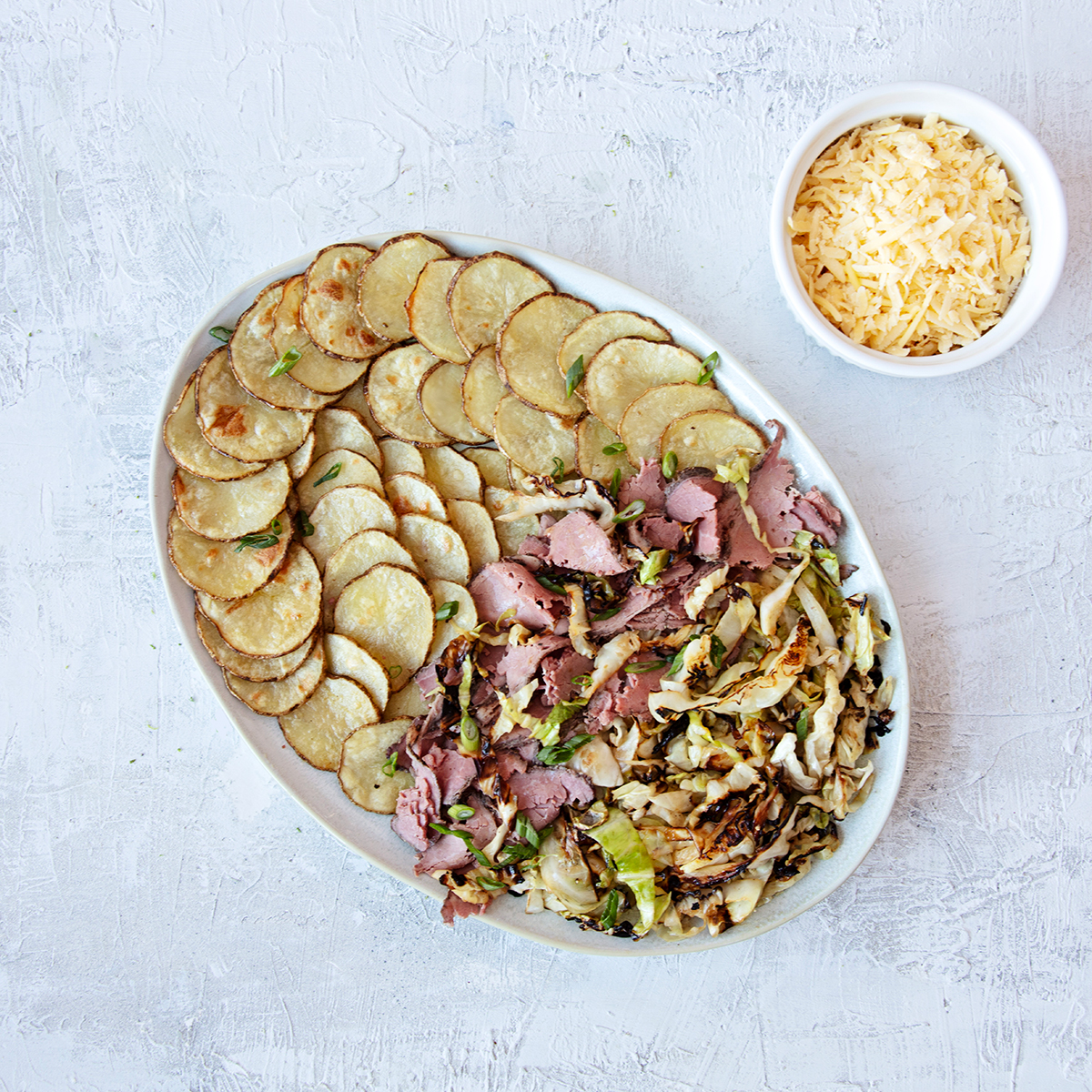
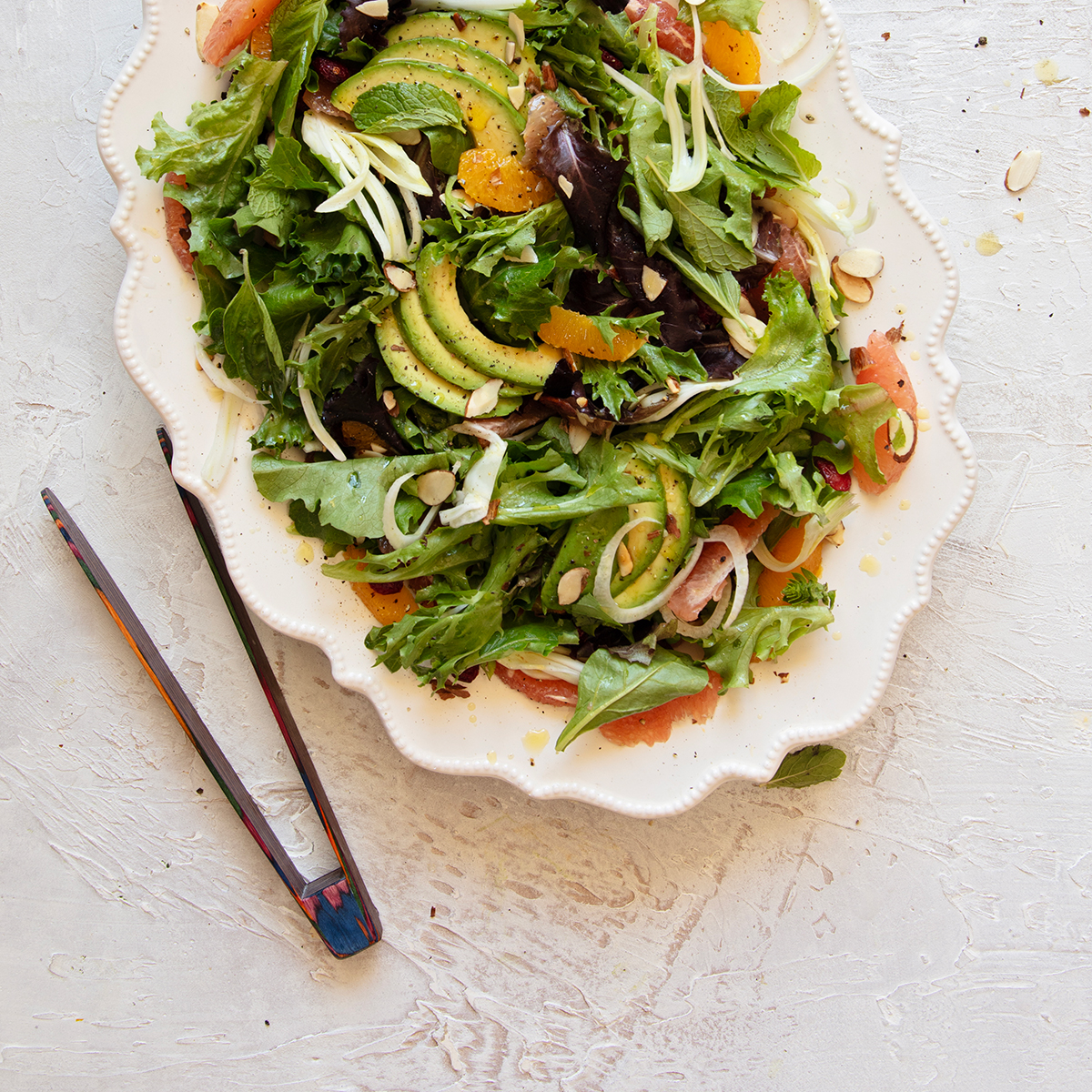
Avocados are ancient treasures with a wild past! These creamy fruits have been around for over 10,000 years and were originally much smaller— about the size of grapes—until giant ground sloths and other megafauna helped spread their seeds.
The thick skin of avocados protects against pesticides and contamination and has happily kept them off the Dirty Dozen list. However, we still recommend buying organic to ensure you’re getting the purest quality of this delightful fruit!
Get the Recipe: Citrus, Fennel, and Avocado Salad
Blueberries have a built-in freshness test! That silvery-white coating on fresh blueberries, called the ‘bloom,’ is nature’s way of showing they’re at peak quality.
The more pronounced the bloom, the fresher the berry.
Get the Recipe: Blueberry Basil Limeade




Sign-up for {N}power to get exclusive discounts, newsletters, members-only features, and more!